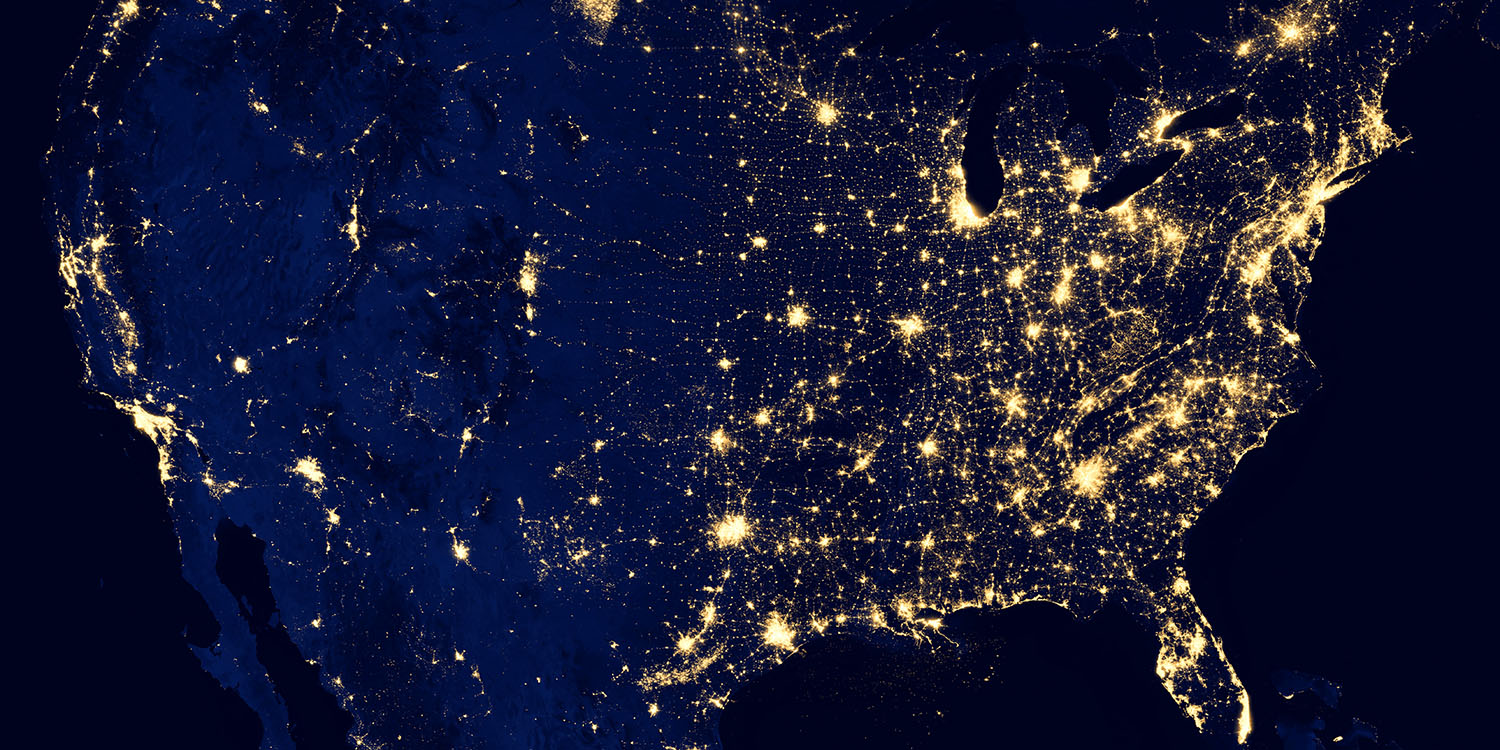
Back in 2021, the White House said that internet access was “the new electricity” – something that was fundamental to everyday life today – and promised broadband subsidies to states, to enable them to fund the necessary programs. The sums each state will receive has now been announced …
Closing the digital divide
While home internet access might once have been seen as a luxury, today that’s very far from true. Without internet, children can’t do homework, people can’t look for jobs, many existing workers can’t check their shift patterns, and people can’t access many types of healthcare.
A digital divide exists, in which white families are more likely than Black or Latino families to have high-speed internet at home, and those who live in cities have far better service than those in rural locations.
That’s why President Biden likened broadband to electricity, and promised to close the digital divide, ensuring that everyone has access to home internet.
The initiative was first announced in 2021 as part of The American Jobs Plan, with $100B of the $2T total investment reserved for broadband initiatives. This element of the plan had bipartisan support.
$42B being allocated to states
The first $42B of that sum is being distributed to state legislatures through the Bipartisan Infrastructure Package.
“I’ve gotten letters and emails from across the country from people who are thrilled that after so many years of waiting, they are finally going to get high-speed internet,” President Biden said, citing one message he received from an Iowa woman who described the development as “the best thing that’s happened in rural America since the Rural Electrification Act,” referring to the push under President Franklin Delano Roosevelt to bring electricity to farms and ranches nationwide.
Awards were calculated based on an FCC analysis of which states had the greatest need.
The new maps show that 7% of US households and businesses, representing 8.5 million physical locations and tens of millions of individual Americans, do not have broadband internet access, which is defined as internet download speeds of at least 25 megabits per second. The new maps provide information about internet connectivity at a granular level, whereas previous maps assessed connectivity only at a census-block level.
The older maps also considered a census block to be served if just one household in that block had broadband access, even if many of its surrounding neighbors did not — leaving many Americans to report that they had no high-speed internet even when the official maps claimed that they did.
Broadband subsidies by state
CNN reports that the largest award is to Texas, which will receive $3.3B – one of 19 states to receive more than a billion dollars. You have to love the fact that these amounts were calculated to the cent.
- Alabama: $1,401,221,901.77
- Alaska: $1,017,139,672.42
- Arizona: $993,112,231.37
- Arkansas: $1,024,303,993.86
- California: $1,864,136,508.93
- Colorado: $826,522,650.41
- Connecticut: $144,180,792.71
- Delaware: $107,748,384.66
- District of Columbia: $100,694,786.93
- Florida: $1,169,947,392.70
- Georgia: $1,307,214,371.30
- Hawaii: $149,484,493.57
- Idaho: $583,256,249.88
- Illinois: $1,040,420,751.50
- Indiana: $868,109,929.79
- Iowa: $415,331,313.00
- Kansas: $451,725,998.15
- Kentucky: $1,086,172,536.86
- Louisiana: $1,355,554,552.94
- Maine: $271,977,723.07
- Maryland: $267,738,400.71
- Massachusetts: $147,422,464.39
- Michigan: $1,559,362,479.29
- Minnesota: $651,839,368.20
- Mississippi: $1,203,561,563.05
- Missouri: $1,736,302,708.39
- Montana: $628,973,798.59
- Nebraska: $405,281,070.41
- Nevada: $416,666,229.74
- New Hampshire: $196,560,278.97
- New Jersey: $263,689,548.65
- New Mexico: $675,372,311.86
- New York: $664,618,251.49
- North Carolina: $1,532,999,481.15
- North Dakota: $130,162,815.12
- Ohio: $793,688,107.63
- Oklahoma: $797,435,691.25
- Oregon: $688,914,932.17
- Pennsylvania: $1,161,778,272.41
- Rhode Island: $108,718,820.75
- South Carolina: $551,535,983.05
- South Dakota: $207,227,523.92
- Tennessee: $813,319,680.22
- Texas: $3,312,616,455.45
- Utah: $317,399,741.54
- Vermont: $228,913,019.08
- Virginia: $1,481,489,572.87
- Washington: $1,227,742,066.30
- West Virginia: $1,210,800,969.85
- Wisconsin: $1,055,823,573.71
- Wyoming: $347,877,921.27
- American Samoa: $37,564,827.53
- Guam: $156,831,733.59
- Northern Mariana Islands: $80,796,709.02
- Puerto Rico: $334,614,151.70
- U.S. Virgin Islands: $27,103,240.86
FTC: We use income earning auto affiliate links. More.





Comments